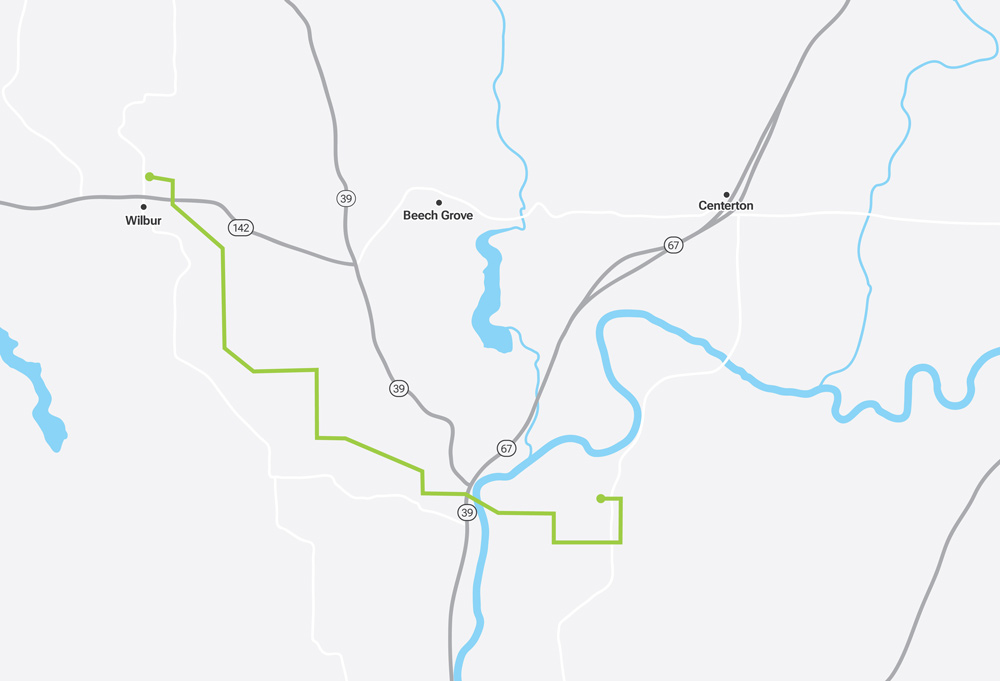The Hoosier Energy Wilbur to DEI (Duke Energy Indiana) Centerton 69kV reliability project includes constructing 5.8 miles of new 69kV overhead transmission line. The line will connect the Hoosier Energy Wilbur substation to the Duke Energy Centerton substation, both in Morgan County.
The project is critical to improve the reliability of the transmission grid – the backbone of the electric system – by adding another power source to feed the area. The improvements will lessen the frequency and duration of power outages to SCI REMC members who receive power around Wilbur, Monrovia and Mooresville areas from Hoosier Energy supply. The new line will also support future load growth in the area.
